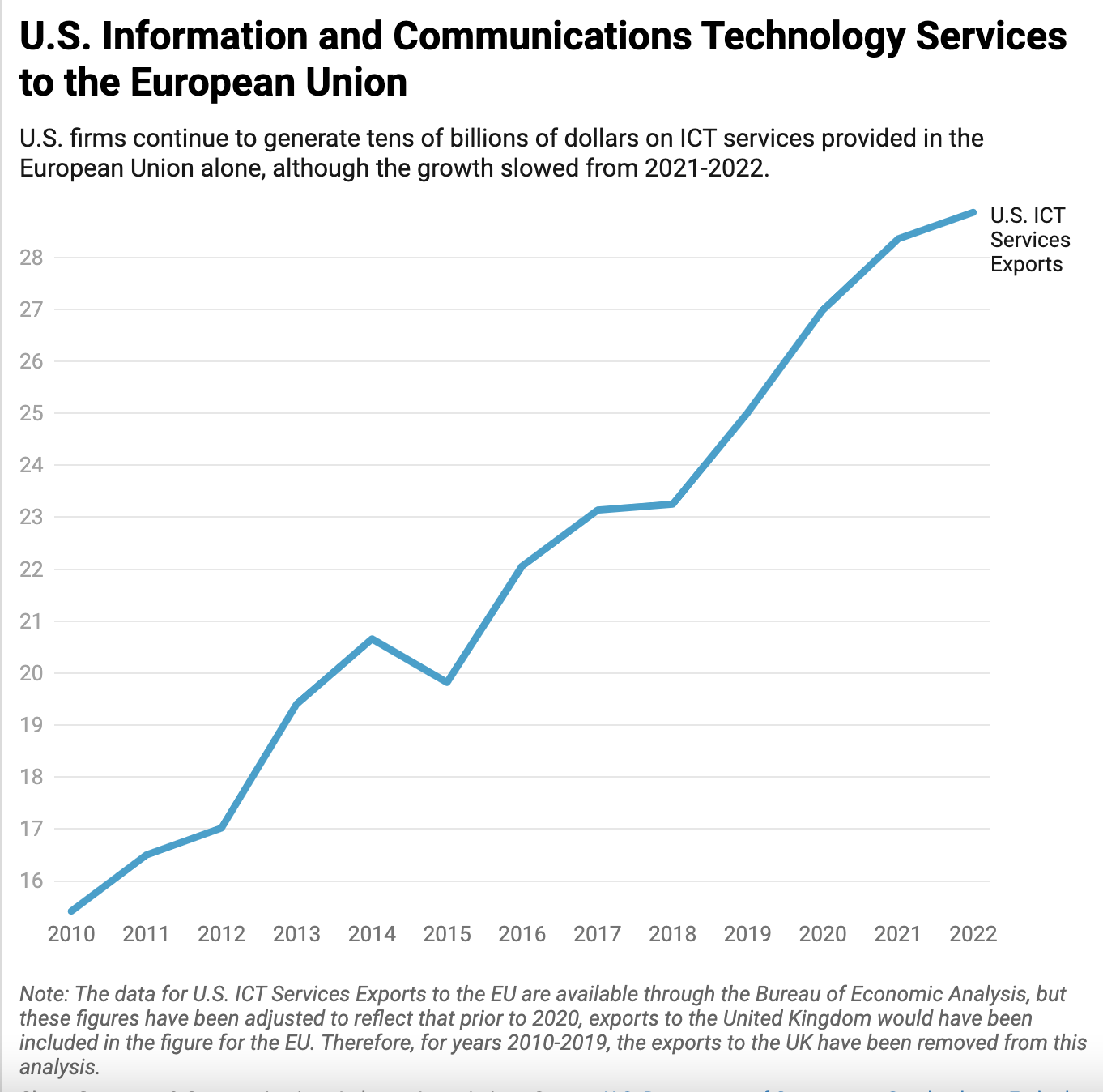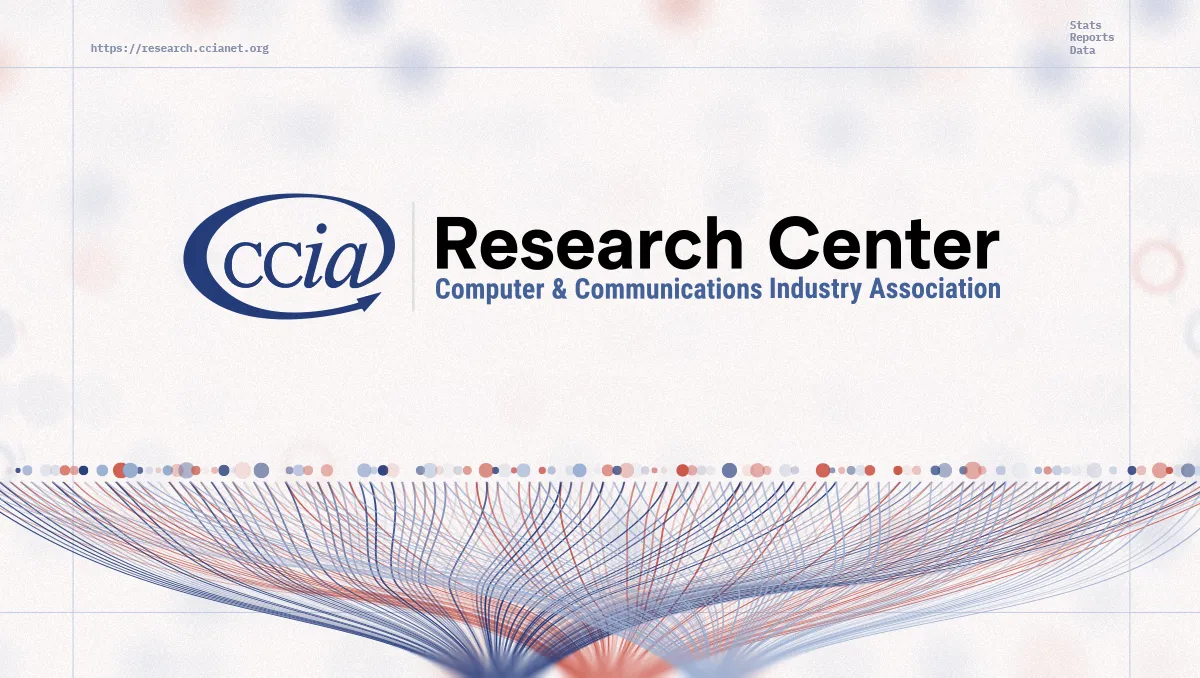Challenges to Antitrust in a Changing Economy
Ahead of the inaugural conference Challenges to Antitrust in a Changing Economy, co-organized by Competition Policy International (CPI) and the Computer & Communications Industry Association (CCIA) at Harvard Law School on November 9th, CPI has conducted short interviews with various experts who will be panelists at the conference. This full-day conference will bring together prominent experts, leading antitrust academics, enforcers and private practitioners in the field to discuss the challenges facing antitrust in the current economy. The conference aims to generate an open and cutting-edge debate on competition law and economics in the technology industry, with panels on Measuring Market Concentration, The Consumer Welfare Standard, Competition On/Via the Internet, Is Monopoly Power Rising?, and Enforcers Roundtable: What’s Under the Radar?. This post highlights brief snippets of these interviews in anticipation of the upcoming conference.
CPI’s Editor-in-Chief Sam Sadden has interviewed UC Berkeley Emeritus Professor and Google’s Chief Economist Hal Varian in advance of his participation in the panel Is Monopoly Power Rising? In the interview, Varian provided his thoughts on how market definition has evolved over the years, how differently terms like platforms or network effects could be defined and how that inevitably creates confusion, and the suppression of innovation. When it comes to attempting to suppress innovation, Varian believes that innovation is ubiquitous at this point:
You can’t put the technology genie back in the bottle. There are a lot of services, capabilities that have now become easy to do. My favorite example is facial recognition. There is a lot of talk about regulating facial recognition but anybody with a little expertise could create their own facial recognition system now without a lot of difficulty so it is very hard to regulate something now that could be created in anybody’s bedroom.
Sadden also had the opportunity to interview MIT Professor Richard Schmalensee, who outlines some of the key points that he plans to cover during his keynote speech at the conference. One of the key points that Professor Schmalensee will make is his criticism of the Supreme Court’s definition of two-sided markets in the American Express case (“Amex”) as overbroad, and the subsequent implication that every business is essentially two-sided. This type of overbreadth, according to Schmalensee, suggests that there is no difference between Amex and any other business, such as a supermarket down the street that buys groceries from its wholesaler, posts the price and then sells it to a customer. However, Professor Schmalensee contrasts an ordinary business like a grocery store with a true two-sided market like Amex because:
The grocery store doesn’t facilitate an interaction, a transaction, between the wholesaler and the customer, and it doesn’t usually have to attract the wholesaler. It places an order, and assuming its credit is good, it gets the goods it needs to resell. There’s no business of attracting customers and wholesalers, whereas Amex, any payment system, really does have to attract merchants and does have to attract people to carry and use the card.
Diana Moss, President of the American Antitrust Institute and Jonathan B. Baker, a Professor at the American University Washington College of Law, will both be participating on the panel The Consumer Welfare Standard. Moss was interviewed by Baker, who asked three questions on the consumer welfare standard and its current application in U.S. antitrust law. In addressing some progressives’ views on antitrust rules paying insufficient attention to harms to suppliers and harms to dimensions other than price and output, Dr. Moss expresses the opinion that:
Today’s debate over the role of antitrust has generated a lot of blue sky thinking about the state of U.S. antitrust. I think of this debate as a very different process from that of crafting constructive reform proposals. Actual reform requires knowledge of how the laws and standard have been and can be applied by enforcers and the courts. For example, we know that the consumer welfare standard can address the price and non-price dimensions (e.g., quality and innovation) of competition. The standard also reaches to the harms resulting from the exercise of market power anywhere along the supply chain (e.g., consumers and workers).
Finally, Bruce H. Kobayashi, Director of the FTC’s Bureau of Economics, and Martin Gaynor, Professor of Economics at Carnegie Mellon University, will be participating in the Measuring Market Concentration panel. Gaynor posed four questions to Kobayashi, on rising concentration in the U.S. economy, recent research papers that conclude that competition is declining, useful ways in which concentration measures can be employed in antitrust, and how concentration measures have changed at the FTC. In regards to the last question, Kobayashi believes that:
Concentration numbers seem to have less influence in the post-2010 guidelines period, especially when there is a credible way to measure or predict effects. I think that this has been a positive change. Concentration measures based on well-defined antitrust markets still provide useful predictive information, especially when data necessary to estimate effects is costly or otherwise unavailable.
DisCo will be live tweeting throughout this conference and written coverage of antitrust issues will resume on Friday, when we recap this week’s FTC hearings on the intersection of big data, privacy, and competition. The FTC’s hearings continue next week, when the Commission will hear witnesses addressing algorithms, artificial intelligence, and predictive analytics in business decisions and conduct.









